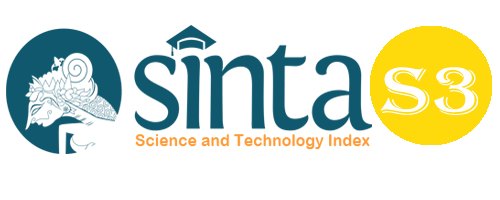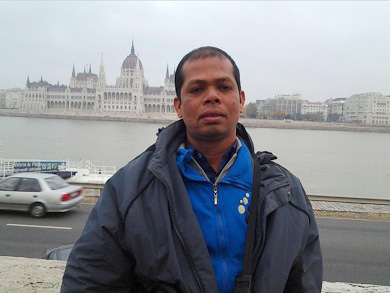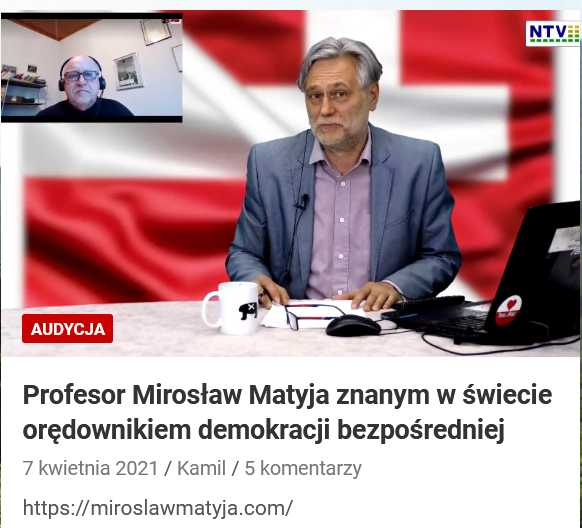The Influence of E-Learning and Learning Interests on Learning Outcomes of Physical Education in 11th Students of SMA Negeri 8 Medan
Abstract
The purpose of this study was to explain the effect of differences in learning outcomes of physical education through edmodo and google classroom on Class XI students of SMA Negeri 8 Medan. This research method uses an experimental method with a 2x2 level design. The data analysis technique used analysis of variance. The research instrument used a questionnaire. The results of the research that have been carried out state that: (1) Based on the results of the analysis of variance in the list of attachments at the level of α = 0.05, it is obtained that F0 <Ft is 0.279 <4.11. (2) Then in the Tukey test in groups A1B1 and A2B1 where = 1.681 and = 2.95. Research conclusions: 1) There are differences in physical education learning outcomes through edmodo and google classroom.
Keywords
Full Text:
PDFReferences
Abdoellah, (1999). Theory and Practice Curriculum Development. Jakarta: Primary Media Style.
Abdul Kadir Ateng. (1992). Principles and Foundations of Physical Education. Ministry of Education and Culture, Directorate General of Higher Education, Educational Personnel Development Project.
Adang Suherman. (2000). Basics of Physical Education. Ministry of Education and Culture, Directorate General of Primary and Secondary Education, Section D-III Junior Secondary Teacher Upgrading Project.
Allen, Michael. (2013).Michael Allen's Guide to E-learning. Canada: John Wiley & Sons.
Ardiansyah, Ivan. (2013). Exploration of Communication Patterns in Discussions Using Moddle in Chemistry Learning Simulation Lectures, University of Education Indonesia, Bandung-Indonesia.
Arsani et al. (2020). Differences in Motivational Orientation in Physical Education in terms of Gender Differences. Budapest International Research and Critics in Linguistics and Education (BirLE) Journal. P. 1428-1434
Asyhar, R., (2012). Creatively developing learning media. Bandung: Rosdakarya.
Aunurrahman. (2012). Learning and Learning. Bandung: CV Alfabeta.
Ega Trisna Rahayu. (2013). Physical Education Learning Strategies. Implementation of Physical Education, Sports and Health Learning. Bandung: CV Alfabeta.
Fathurrahman. (2015). 'The Concept of Persuasive Da'wah Communication in the Perspective of the Qur'an', AT-TABSYIR: Journal of Islamic Broadcasting Communication,
Gunawan, FI & Sunarman, SG, (2018). Development of Virtual Classroom with Google Classroom in Problem Solving Skills on Vector Topics for High School Students to Support Learning.
Hakim, AB, (2016). The Effectiveness of Using E-Learning Moodle, Google Classroom and Edmodo. I-STATEMENT: Information System and Technology Management, 2 (1).
Hamalik, Oemar. (2010). Teaching and Learning Process. Jakarta: PT. Earth Literacy
Hanum, NS, (2013). E-Learning Effectiveness as Learning Media (Evaluation Study of E-Learning Learning Model of Telkom Sandhy Putra Purwokerto Senior High School). Journal of Vocational Education, 3 (1).
Husdarta. (2011). Physical Education Management. Bandung: Alfabeta.
Makmum Khairani. (2013). Learning Psychology. Yogyakarta: Aswaja Pressindo.
Miarso, yusufhadi. (2007). Sowing the seeds of educational technology. Jakarta. Kencana Prenada Media Group.
Miarso, Y., (2004). Sowing the seeds of educational technology, Kencana.
Moleong, LJ. (2004). Qualitative Research Methodology Revised Edition. Bandung: Rosdakarya.
Novianti et al. (2020). Improvement of Physical, Honesty, Discipline and Cooperation in Class IV Elementary School Students through Circuit Training Learning Model. P. Budapest International Research and Critics in Linguistics and Education (BirLE) Journal. P. 244-250
Parwoto, A. (2007). Inferential statistics laboratory guide. Jakarta: Gramedia Widiasarana Indonesia.
Pranoto, Alvini. Et al. (2009). Science and Technology. Jakarta: PT Gramedia Pustaka Utama.
Prawiradilaga, Dewi Salma et al. (2007). Educational Technology Mozaik. Jakarta. Kencana Pernada Media Group.
Rusli Lutan. (2000). Physical Education Teaching and Learning Strategies. Ministry of Education and Culture, Directorate General of Primary and Secondary Education, Section D-III Junior Secondary Teacher Upgrading Project.
Rusli Lutan. (2000). Measurement and Evaluation of Physical Education and Health. Ministry of Education and Culture, Directorate General of Primary and Secondary Education, Section D-III Junior Secondary Teacher Upgrading Project.
Samsudin. (2008). The role of interactive multimedia in learning. accessed on 3/20/2018 on pagehttp://eprints.uny.ac.id/7848/3/BAB%202-08403244039.pdf.
Sanjaya, Vienna. (2010). Educational Process Standards Oriented Learning Strategy. Jakarta: Prenada Media Group
Sardiman, AM. (2009). Interaction and Learning Motivation. Jakarta: PT Rajagrafindo Persada.
Sarwono Wirawan Sarlito. (2000). Adolescent Psychology. Jakarta PT Grafindo Persada.
Smaldino, SE, Lowther, DL & Russell, JD, (2008). Instructional technology and media for learning.
Slameto. (2010). Learning & Influencing Factors. Jakarta: PT Rineka Cipta.
Soedjiarto. (2000). Relevant and Quality National Education Methods. Jakarta: Balai Pustaka.
Sugiyono. (2010). Educational Research Methods with Quantitative Approaches, Qualitative, and R & D. Bandung: Alfabeta.
Sujana, Janti Gristinawati and Yuyu Yulia. (2005). Development of Libraries in Indonesia. Bogor: IPB Press.
Suyono, Harianto. (2015). Learning And Learning. Bandung: Youth Rosdakarya.
Syaiful Bahri Djamarah. (2011). Psychology of Learning. Jakarta: PT Rineka Cipta
Trianto. (2018). Designing Innovative-Progressive Learning Models. Jakarta: Kencana Prenada Media Group
Vasti, Safari. (2008).: 3. Interest Indicator.
Yamin, Martinis. (2009). Teacher Professionalization & Implementation of KTSP. Jakarta: Echoes of Persada Pre,
Yrama Widya . (2014). Sports and Health Physical Education for SMA / SMK, Jakarta
Zamroni. (2012). Introduction to Educational Theory Development. Yogyakarta: Tiara Discourse
DOI: https://doi.org/10.33258/birci.v4i2.1943
Article Metrics
Abstract view : 150 timesPDF - 122 times
Refbacks
- There are currently no refbacks.

This work is licensed under a Creative Commons Attribution-ShareAlike 4.0 International License.

This work is licensed under a Creative Commons Attribution-ShareAlike 4.0 International License.

_.gif)

















_.gif)



